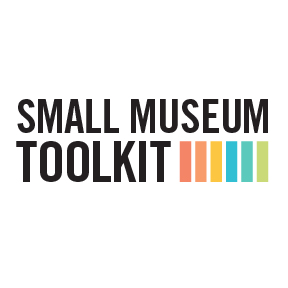Whenever I am in the Napa
Valley, I visit my favorite winery. As I drive through the valley, I admire all
of the large, well-known wineries with their broad impressive gateways and
interesting architecture. Tour buses fill their parking lots, and tourists
photograph themselves in front of the buildings. Finally, I turn onto a gravel
lane and drive through a vineyard to an unimpressive metal building. When I
walk in the door, I see wine barrels stacked from floor to ceiling. In front of
me is the tasting area—several upended wine barrels with polished wooden planks
laid across them. It is the beginning of a deeply personalized experience, with
conversations about weather and wine, food and fashion. The members of the
small staff at the winery enjoy their craft, and it shows, even though they are
probably not paid as well as the staffs at the larger wineries. Sometimes the
owner is wandering about taking care of business and stops to chat. Unlike
larger wineries, this place usually produces only six different wines a year.
But those often take top prizes in wine competitions, beating out much larger
wineries. As a consumer, I am also pleased because the prices are reasonable,
and there is no charge for tasting. While I enjoy visiting the large wineries
on occasion, I truly enjoy the Napa Valley experience here.
That is the way the ideal
small museum can and should operate. It is personalized to the visitor and
provides an accessible experience. The building may not be impressive, but the
collections are. The exhibits are limited, but they are good. The staff is
often underpaid in comparison to larger museums, but theirs is a labor of love.
Visitation numbers are not necessarily high, but the constituencies are loyal.
Returning to my favorite winery, I like it not just because it is small but
because of what its smallness enables it to do. I like it because of the more
intimate experience it offers. The same applies to museums.
The AASLH definition of a
small museum establishes a budget of $250,000 and a “small staff” as its
criteria. But there is so much more to small museums than a measurement of quantity
or statistics. A big problem with applying only numerical criteria, such as
budget or staff size, to small museums is the unspoken message that they are
somehow less or inadequate. Many people
have the idea that “small” is not confined just to size but also describes
quality or ability. When it comes to
staff, there is the belief that big museums can afford to pay for the best.
This assumption implies that those who work in small museums are less than the
cream of the crop. When it comes to collections, the best collections are at
those museums that can afford to acquire them—in other words, the big museums.
When it comes to exhibits, big museums put on the blockbusters that everyone
wants to see, whereas small museum exhibits are forgettable. When it comes to
trends, big museums set the pace in our field, and small museums simply follow
their lead. These, however, are all mistaken assumptions
I will admit that some of
them hold a bit of truth. Big museums can hire more staff and pay higher
salaries. They can send staff for training at conferences and meetings. They
can allow staff to take on leadership roles in the museum community. They can
pay for fancier graphics and electronics, hire better-known entertainers for
programs, and attract more donations. But as tempting as it might be to do so,
we cannot assume that large budgets and staffs equal better museums. More
resources enable quality but do not guarantee it.
If small museums lack
anything, it is the big ego that is necessary to transcend the hurdles that
encourage small thinking. Usually all that prevents small museums from thinking
big are self-imposed limits. But small museums can and should think big. A
small museum is a place where the public has the chance to feel completely
engaged, encouraged by an enthusiastic and accessible staff. It is a very
personal experience that is unimpaired by budget and often enhanced by staff
size. A visitor’s question about an exhibit will frequently be answered by the
person who installed it, and the director might stop for a chat. In a small
museum, excellence is not measured by size but by the ability to provide a
meaningful product.
Perhaps “small” is a
misnomer; borrowing from the world of wines, cheese, and breads, many small
museums could be instead regarded as artisanal. They are carefully crafted to
meet a particular mission and provide a particular service. They are different
from larger museums not so much because of their subject matter but because of
how their size enables them to present the subject matter. And, like my
favorite winery, they concentrate on limited production appealing to a certain
taste.
Steve
Friesen is
director of the Buffalo Bill Museum and Grave near Denver, Colorado. He has
worked in small museums since beginning his career in 1976 and, for
twenty-seven of those years, has served as administrator for small muse- ums in
Kansas, Colorado, and Pennsylvania. Friesen has a master’s in American folk
culture and is the
author of two books, A Modest Mennonite Home and Buf- falo Bill:
Scout, Showman, Visionary.





